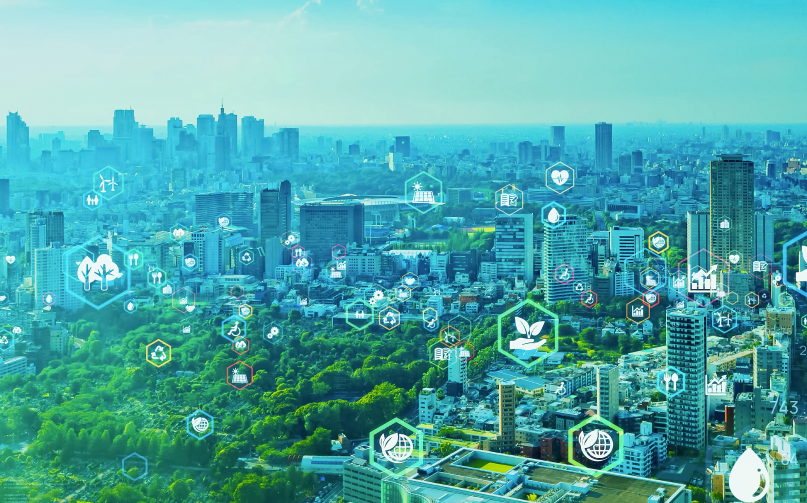In the face of global climate change and the deteriorating environment, every member is responsible for saving energy, reducing carbon and greenhouse gas emissions, and maintaining environmental safety and health. M31 is committed to sustainable management and development, fulfilling its corporate social responsibility, continuously promoting energy saving and carbon reduction, protecting water resources, focusing on sustainable environmental development, promoting green products, creating green value services, implementing an environmentally friendly corporate culture, and minimizing activities that have a negative impact on environmental safety and health.
To reduce the environmental impact of the company’s related activities, M31 is committed to the following:
- In response to the international trend of environmental protection, devoted to the R&D of green products and products with low environmental impacts.
- Continuously save energy and reduce carbon, reduce waste, and increase resource recycling.
- To disseminate environmental safety and health education and promotion activities, so that all employees or representatives of M31 workers are aware of environmental safety and health responsibilities.
- Stakeholders can be disclosed and provided to the public.
- Periodic review to confirm that the policy remains relevant and appropriate for the company, for continuous improvement.


